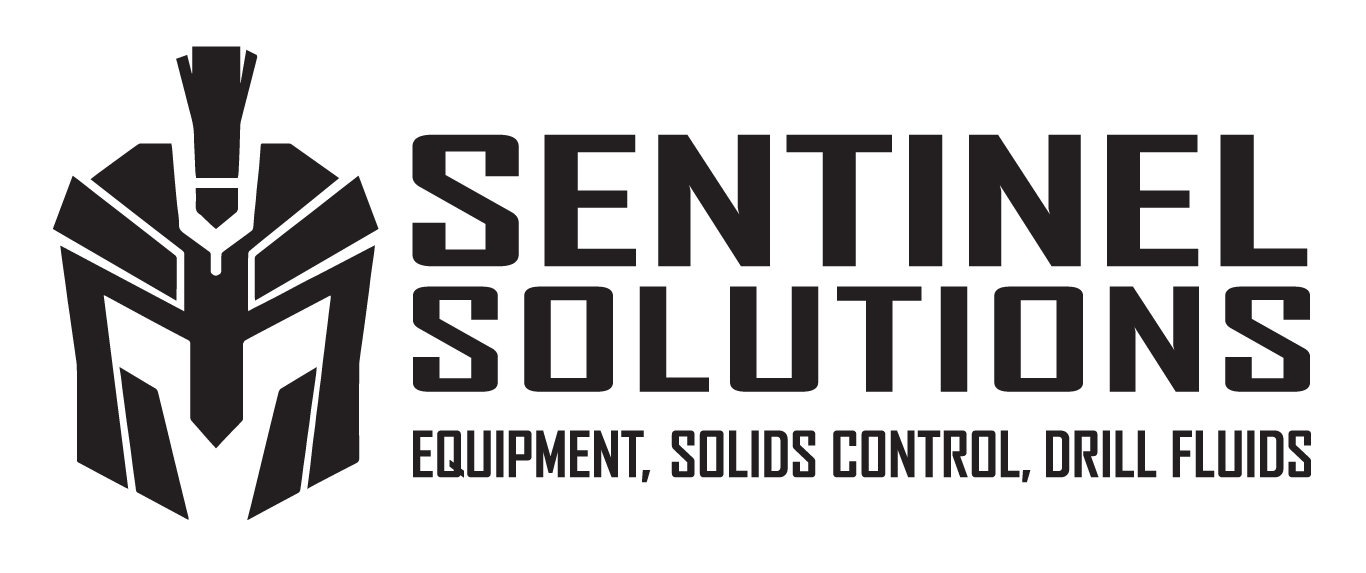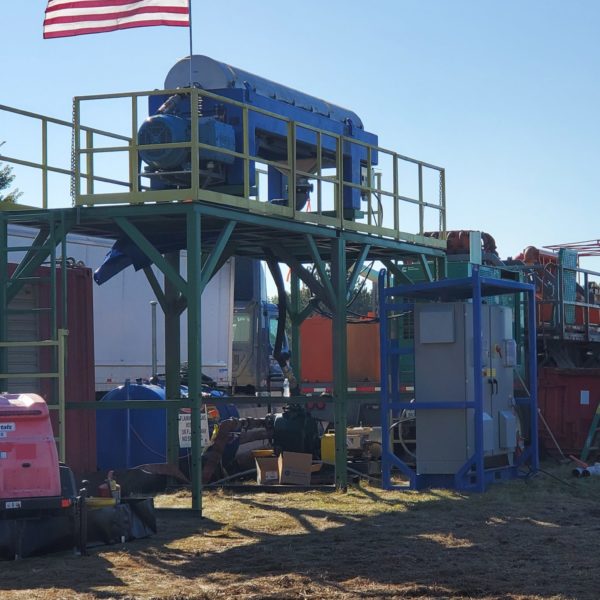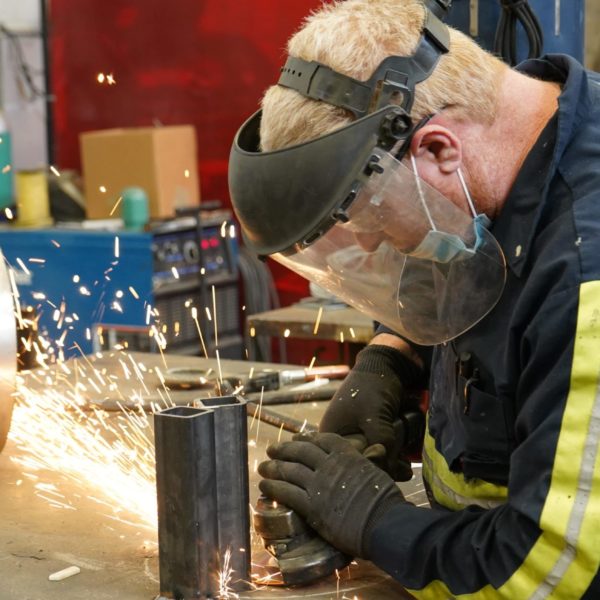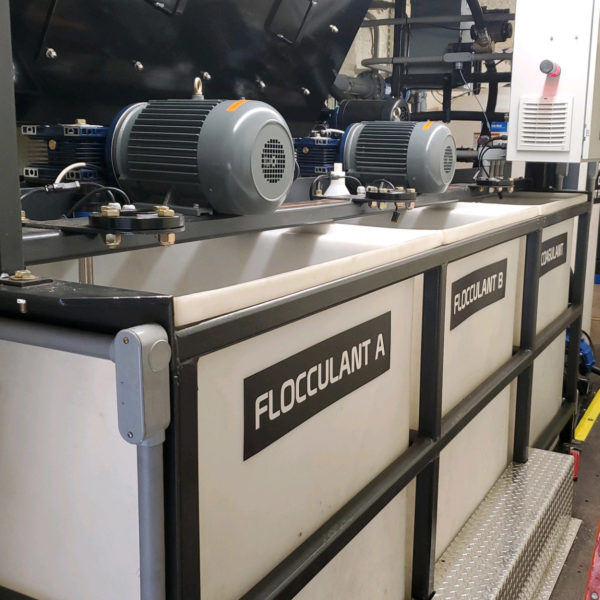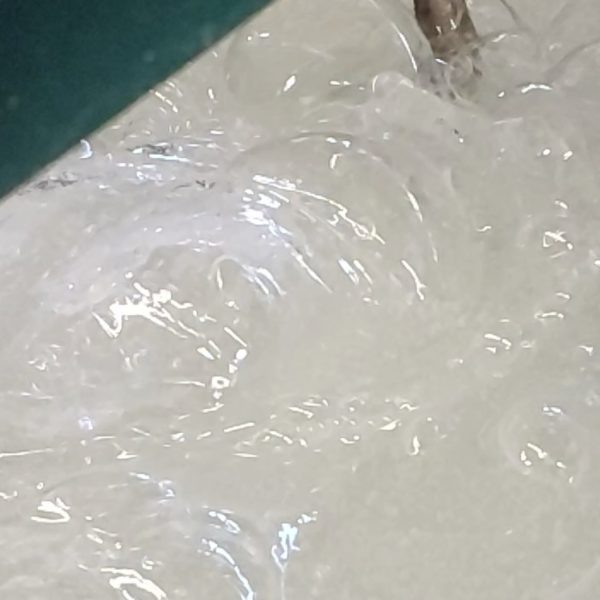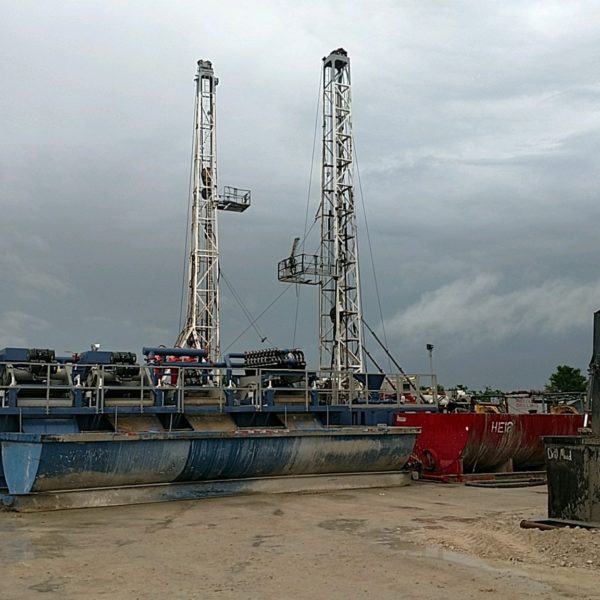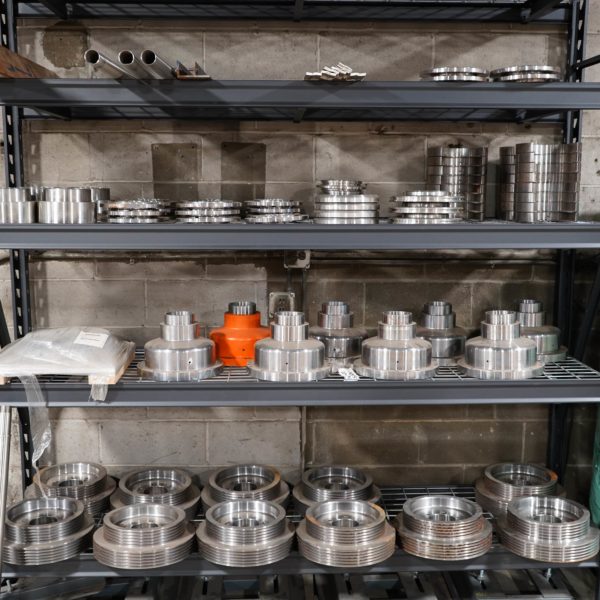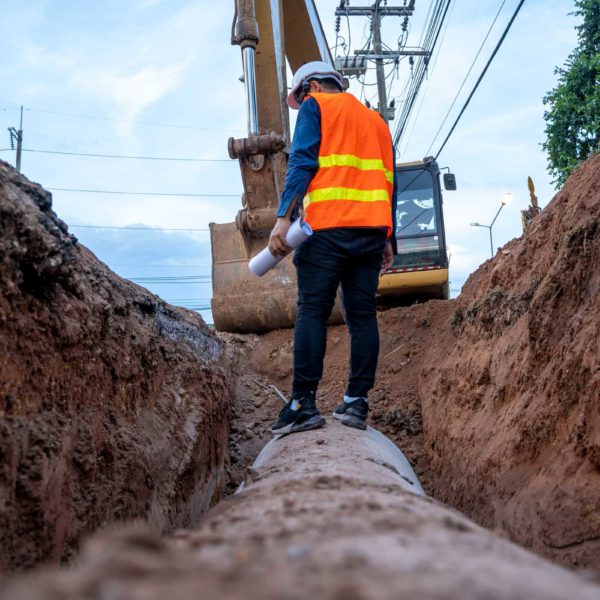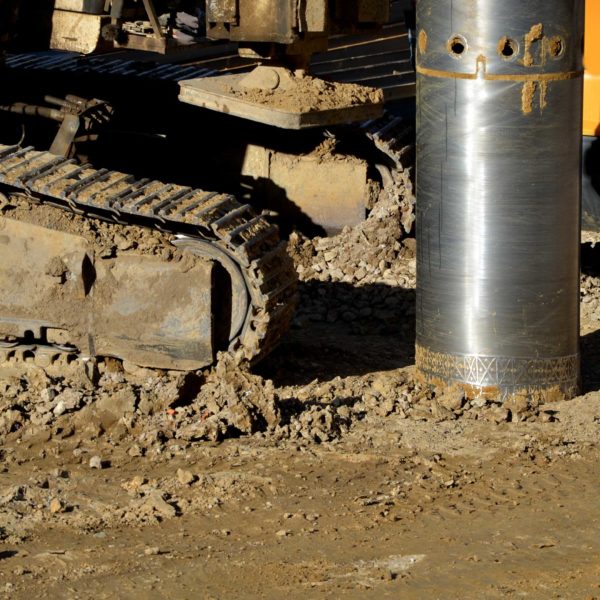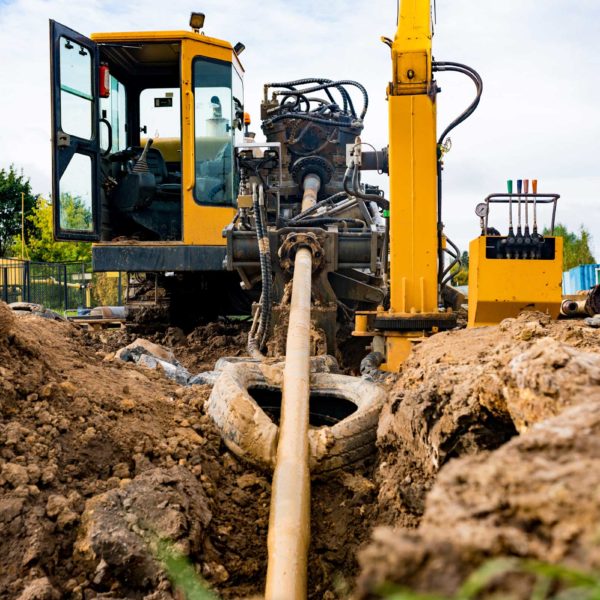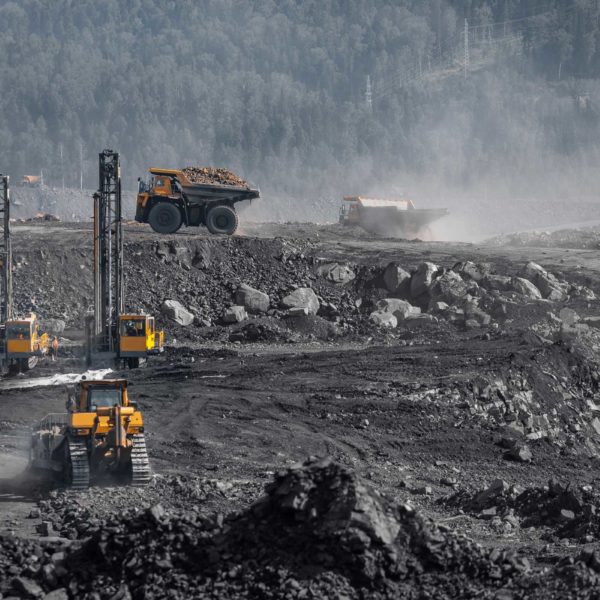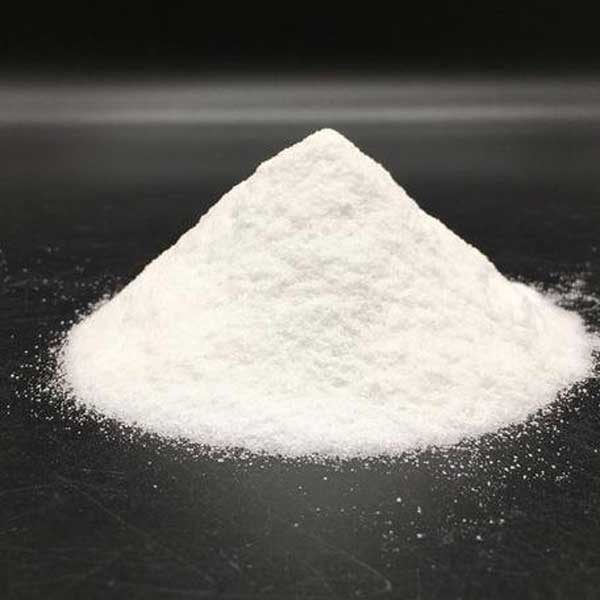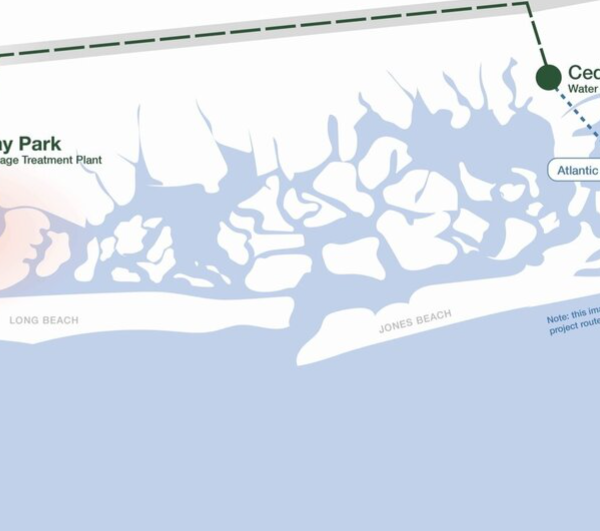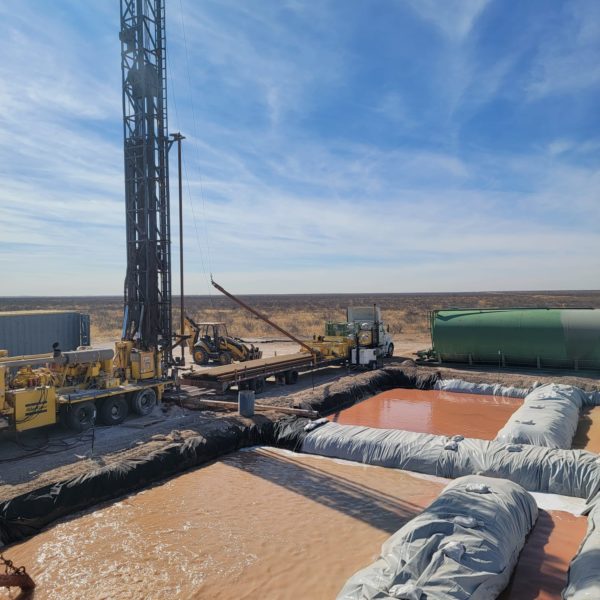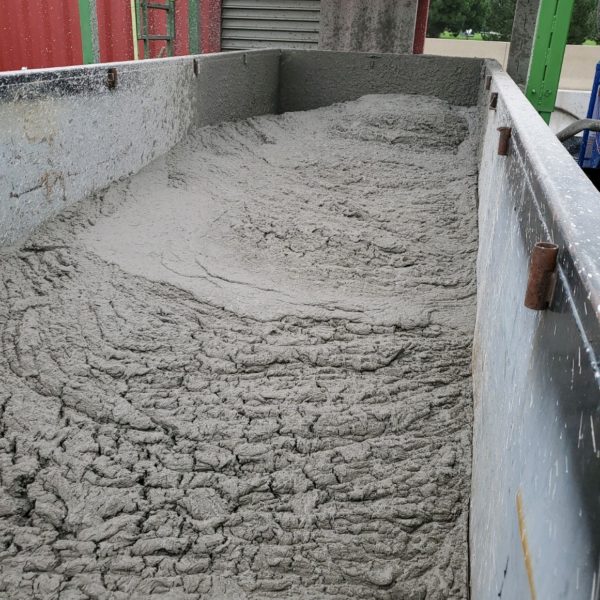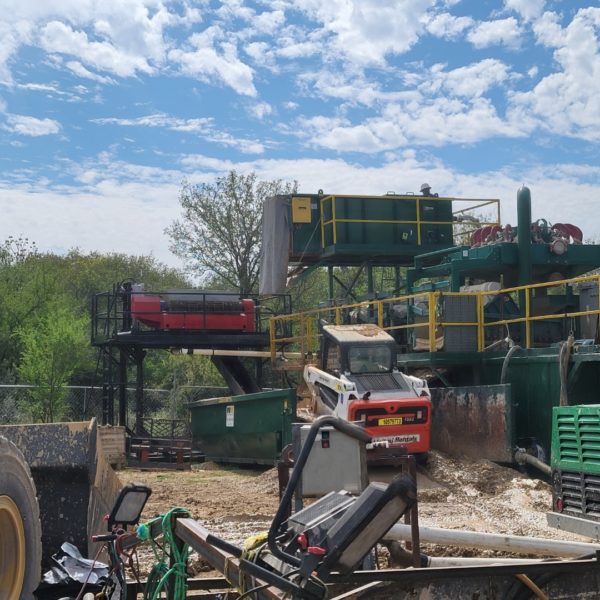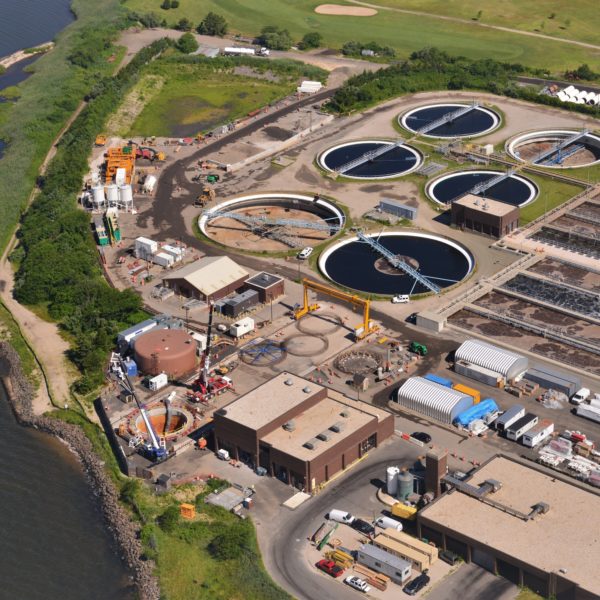Bergen Point
Location
West Babylon, NY
Client
SCDPW
Oversight Engineer
CDM Smith
Contract Value
$187,000,000
Project Date
Feb 2018 - anticipated Dec 2021
Summary
- TBM tunneling of app. 14,200-foot tunnel, 10 foot wide, 100 feet below the bay, lined with precast segmental liners
- Excavation of 2 shafts, +/- 90 feet deep, using ground freezing method
- Continuous circulation of slurry to remove and dispose of material
- Use of 10” thick precast concrete liner to form the new outfall
- Project expectation of 15 rings per day was boosted to 30 rings per day
- Avg~ $400K per month of haul off expense reduced to $3-5K per month
- Drilling Fluid and Dewatering chemistry matched to provide excellent rates of penetration while mitigating haul-off
Overview
This project consists of the replacement of 3 miles of 50-year-old, six-foot diameter, prestressed concrete cylinder piping, laying under the Great South Bay, and facilitating the year-round discharge of the Bergen Point WWTP in the Atlantic Ocean. The means and methods used to accomplish this scope were the construction a new pipe by mining a 10’ diameter tunnel with a 400-foot-long Tunnel Boring Machine in the soft ground, approximately 100 feet below the bay. This required two circular shafts, about 80-100 feet deep, at the plant site and on the Barrier Island, to launch and receive the TBM. Those shafts were excavated and supported using the Ground Freeze method. The outfall pipe itself was built by assembling 10” thick precast concrete liner segments, and continuous slurry to transport excavated material to the surface. Once under way, the operations proceeded 24hrs/day, 6 days/week.
What made this Complex
Every aspect of this project related to formation solids and drilling fluids was variable and challenging. At the onset, heavy sands were encountered which called for highly stabilized, bentonitic fluids built to suspend and carry large volumes of sand and gravel out of the tunnel and shafts. Several months into the work hard, sticky and highly reactive clays were encountered with little to no sand present.
The clays continued throughout most of the job although at near to the exit shaft we encountered a clay/sand mix. Fluids had to be maintained to suit the formation while taking into account the thousands of feet the excavated material had to travel from the head to the slurry treatment plant. Operations on the surface were adjusted continuously to accommodate higher production rates while addressing formation specific fluid needs.
How Sentinel Solved It
The key to success was a keen understanding of the fluid composition for each of the various formations seen throughout the 14,200’ tunnel paired with the appropriate suite of solids control equipment and chemistry. The project provided the slurry treatment plant inclusive of belt scalper, hydrocyclones, mudcleaners and a single centrifuge with floc injection system. The provided centrifuge and floc station were unable to produce a chemical reaction or higher flowrates and were found unsuitable for the conditions at Bergen. Sentinel rigged up two (2) big bowl and two (2) medium bowl centrifuges along with dual floc stations capable of injecting three (3) different chemistries to produce a clear water discharge. Prior to this solids control package, excessive haul-off of whole drilling fluids was rampant and had vac trucks running 24hrs/day in an attempt to maintain fluid properties. The haul-off method was very expensive and unable to maintain any reasonable rate of production. During the clay formations Sentinel’s use of centrifuges and dewatering equipment tripled the production rate from 8-12 rings to 30-32 rings per day while reducing the haul-off expense to nearly zero. Sentinel’s proprietary products were used to maintain rheology at the head while allowing the solids control equipment to perform at the surface.
Videos
- 16 Inch Dewatering Solids
- Big Bowl Dewatering Solids
- Hootonanny Mixing
- Polymer Mixing
